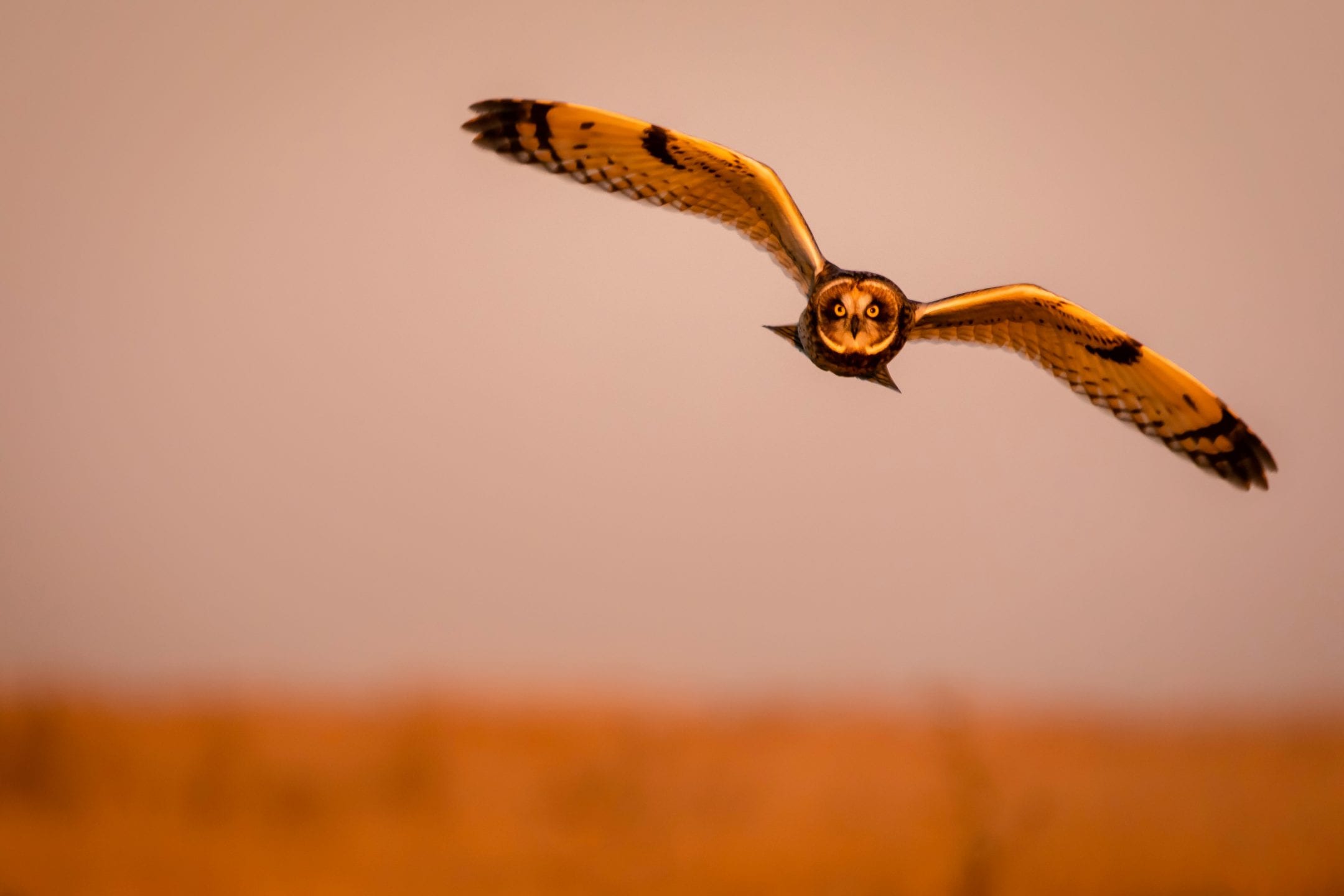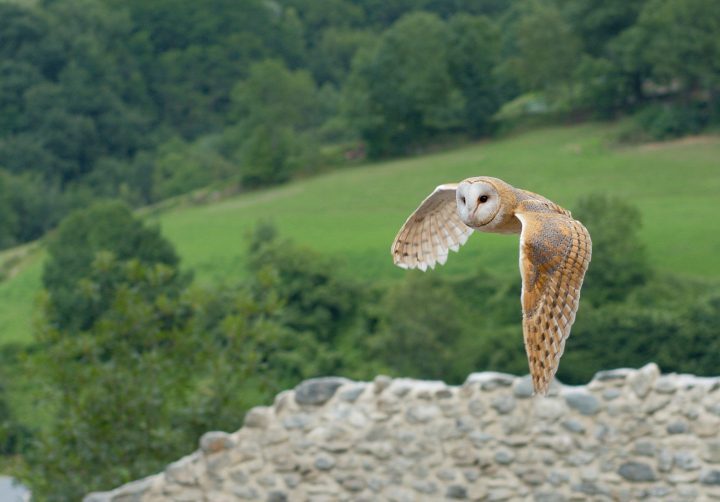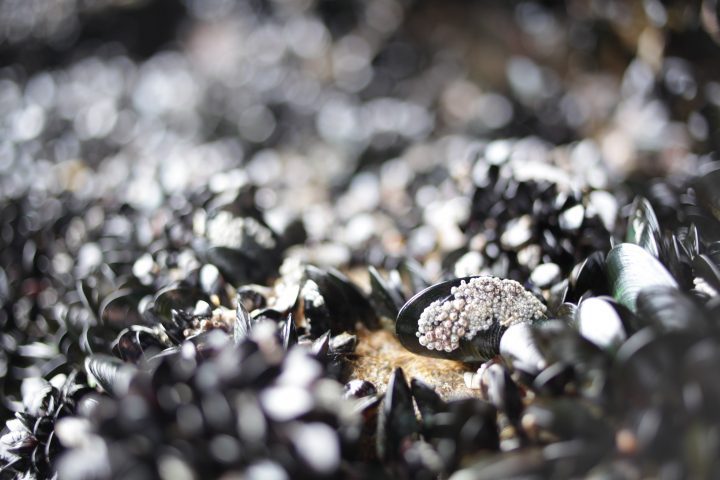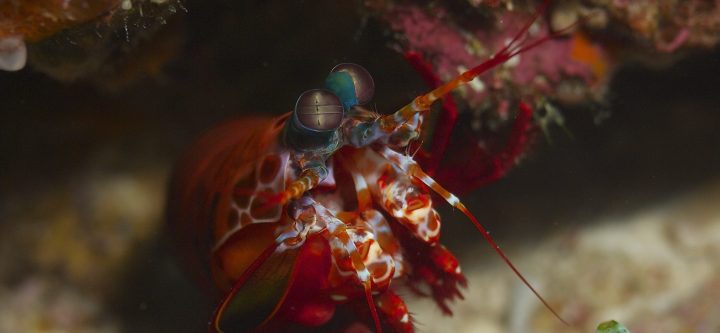An aerofoil from City University of London has finlets that stabilize flow and reduce turbulence.
Benefits
- Reduced cost
- Reduced noise
- Increased efficiency
Applications
- Aviation
- Heating and cooling systems
UN Sustainable Development Goals Addressed
-

Goal 9: Industry Innovation & Infrastructure
-

Goal 11: Sustainable Cities & Communities
The Challenge
Energy generation is one of the largest contributors to greenhouse gases, but it’s necessary for many day-to-day operations. Fans and other objects that use airflow to operate require large amounts of energy to be kept constantly running. If these objects were able to run more efficiently, they would use less energy.
Innovation Details
The biomimetic aerofoil mimics the design of owl wings, and has small finlets at the leading edge. Instead of creating vortices, the finlets actually work together as thin guide vanes to keep the air flowing for longer, resulting in greater stability that also reduces turbulence.
Biological Model
Owls are able to approach their prey silently at high speed through management of turbulence. Most of the noise as an object moves through air originates at the trailing edge as air flowing above and below the object meet. This can also increase drag. Many owls have a flexible fringe on the trailing edge of their wing feathers which serves to minimize noise-generating turbulence.





